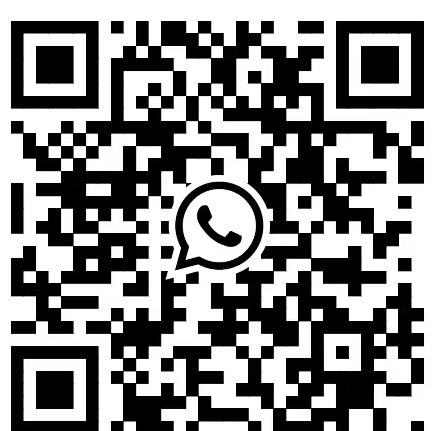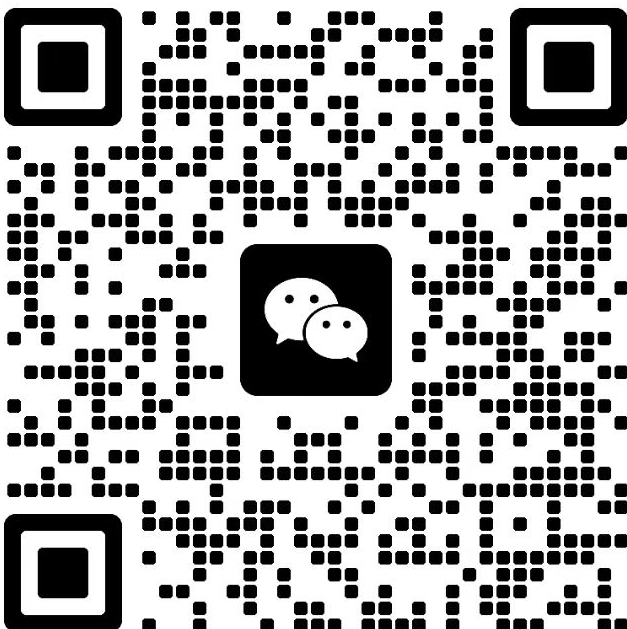Chint forward-reverse switch
The Chint forward-reverse switch is a common electrical appliance used to control the forward and reverse rotation of motors. Its core principle is to change the rotation direction of the motor by switching the phase sequence of the power supply. The following is a detailed explanation of its wiring methods and working principles, applicable to common scenarios of three-phase asynchronous motors and single-phase motors:
I. Working Principle: Phase Sequence Switching Changes Motor Rotation Direction
1. Principle of Three-Phase Motor Reversal
The rotation direction of a three-phase motor is determined by the phase sequence of the three-phase power supply. When the three phases of the power supply (such as L1, L2, L3) are connected to the motor in sequence, the motor rotates forward; if any two phases (e.g., L1 and L2, L1 and L3, or L2 and L3) are swapped, the phase sequence changes, and the motor reverses.
The internal structure of the forward-reverse switch includes multiple sets of contacts. By toggling the switch handle, the connection mode of the contacts can be switched to achieve the exchange of the power phase sequence, thereby controlling the forward and reverse rotation of the motor. The middle position is "Stop" (circuit open).
2. Principle of Single-Phase Motor Reversal (Applicable to Some Models)
Single-phase motors need to reverse by changing the wiring mode of the main winding and auxiliary winding or the connection direction of the capacitor. The forward-reverse switch can switch the winding connections to change the direction of the magnetic field rotation, thus achieving reversal.
II. Wiring Methods for Three-Phase Forward-Reverse Switches (Taking Common Models as Examples)
1. Terminal Identification and Functions
Taking the Chint three-phase forward-reverse switch (such as model HZ3-132) as an example, the terminals are usually divided into:
Power Supply Terminals: L1, L2, L3 (connected to the three-phase AC input);
Motor Terminals: T1, T2, T3 (connected to the three-phase output of the motor);
Handle Positions: "Forward" (forward rotation), "Stop" (middle), "Reverse" (reverse rotation).
2. Specific Wiring Steps
Step 1: Connect the Power Input
Connect the three live wires (L1, L2, L3) of the three-phase power supply to the L1, L2, and L3 terminals of the switch respectively (no sequence requirement, as the phase sequence will be switched by the switch later).
Step 2: Connect the Motor Output
Forward Connection: When the switch is in the "Forward" position, L1-T1, L2-T2, and L3-T3 are conducted, and the motor operates according to the original phase sequence;
Reverse Connection: When the switch is in the "Reverse" position, the internal contacts switch to make L1-T3, L2-T2, and L3-T1 conducted (or similar swapping of two phases, subject to the internal structure of the switch), achieving phase sequence exchange.
*Note: The contact switching logic may vary for different model switches. It is recommended to refer to the wiring diagram in the instruction manual, but the core is to ensure that two wires at the motor end are swapped with the power supply end in the "Reverse" position.*
Step 3: Ground Protection
The metal casings of the switch and the motor must be connected to the protective earth (PE) to ensure electrical safety.
3. Wiring Schematic (Simplified Logic)
| Switch Position | Power Supply End (L1-L2-L3) | Motor End (T1-T2-T3) |
| Stop | Open | Open |
| Forward (Forward Rotation) | L1→T1, L2→T2, L3→T3 | Direct conduction |
| Reverse (Reverse Rotation) | L1→T3, L2→T2, L3→T1 | Swap L1 and L3 phase sequence |
III. Wiring Methods for Single-Phase Forward-Reverse Switches (Applicable to Single-Phase Motors with Capacitors)
1. Terminal Identification and Functions
Single-phase forward-reverse switches usually have 6 terminals for connecting:
Power Supply Terminals: L (live wire), N (neutral wire);
Motor Terminals: Main winding (U1, U2), auxiliary winding (V1, V2), capacitor (C1, C2).
2. Wiring Key Points
Distinguishing Main and Auxiliary Windings: For single-phase motors, the main winding (running winding) and auxiliary winding (starting winding) must be clearly identified. The auxiliary winding is usually connected in series with a capacitor to create a phase difference.
Wiring Logic:
Forward rotation: L is connected to one end of the main winding (U1), N is connected to the other end of the main winding (U2), the auxiliary winding (V1) is connected to L via the capacitor, and the other end of the auxiliary winding (V2) is connected to N;
Reverse rotation: Through switch switching, L is connected to one end of the auxiliary winding (V1), N is connected to the other end of the auxiliary winding (V2), the main winding (U1) is connected to L via the capacitor, and the other end of the main winding (U2) is connected to N, thereby changing the direction of the magnetic field.
IV. Precautions and Safety Tips
1. Specification Matching
The rated current of the switch must be greater than the rated current of the motor (generally 1.5-2 times the motor current), and the voltage class must match the power supply (three-phase 380V or single-phase 220V).
2. Wiring Safety
Must disconnect the main power supply before wiring, and use a multimeter to confirm no power before operation;
Tighten the terminal screws to avoid poor contact causing overheating or single-phase fault.
3. esting and Debugging
After wiring is completed, first jog the switch (temporarily connect) to observe whether the motor rotation direction is correct; if the rotation direction is opposite, there is no need to rewire, just switch the switch position to the "Reverse" position.
4. Frequent Forward-Reverse Rotation Prohibited for Three-Phase Motors
When switching between forward and reverse rotation, wait for the motor to stop completely (about 5-10 seconds) to avoid excessive current caused by inertia, which may damage the switch or motor.
5. Ground Protection
Switches and motors with metal casings must be reliably grounded to prevent electric shock from leakage.
V. Common Faults and Troubleshooting
Motor Not Running: Check if the power is connected, whether the terminal wiring is loose, and if the switch contacts are oxidized or damaged.
Abnormal Rotation Direction: If the rotation direction is the same in the "Forward" and "Reverse" positions of the switch, it may be due to incorrect internal contact switching of the switch. Check whether the wiring is consistent with the instruction manual.
Switch Overheating: May be caused by overload or poor contact of contacts. Check if the motor power matches, clean the oxidation layer of the contacts, or replace the switch.
The above explanations of principles and wiring methods can help correctly install and use the Chint forward-reverse switch. During actual operation, it is recommended to refer to the instruction manual of the specific model to ensure accurate wiring and safe operation of the equipment.


